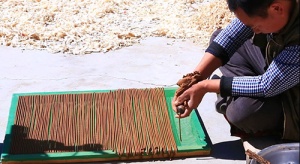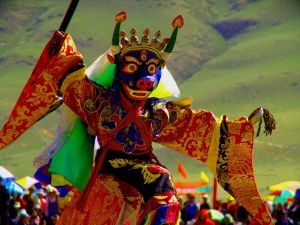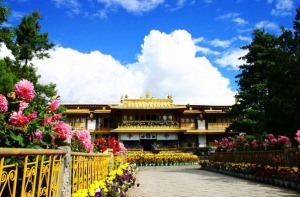
Unconquerable snow mountains; mirror-clear lakes; circulating Buddhist mantras, and a soul facing lifestyle. From the past to the future, Tibet has been and will remain a land of mysteries. Today in Tibet, the busy streets of Barkhor and the magnificent palace of Potala seem like an echo from a distant shadow. Songtsen Gampo united dozens of tribes and built the Tibetan empire in the 7th century, while Buddhism came into Tibet, alone with the Tibetan writing system which is adopted from Sanskrit, and henceforth the Tibetan bibliographical history began. Yet for the centuries before Buddhism, Tibet’s civilization seemed lost, and the key to unlock the black hole of time lies in the vast land of Ngari. Continue reading “Zhangzhung”











 Back in middle school, one of my teacher said that if someone sells the Potala Palace (to whom?), that person would have enough money to feed everyone in China for half a year. Some years later when I stood at the foot of the Potala Palace in Lhasa, Tibet, I did not bother taking pictures, because some places are at their best in pictures and some just can’t be contained by any two-dimensional surface, one being the Potala.
Back in middle school, one of my teacher said that if someone sells the Potala Palace (to whom?), that person would have enough money to feed everyone in China for half a year. Some years later when I stood at the foot of the Potala Palace in Lhasa, Tibet, I did not bother taking pictures, because some places are at their best in pictures and some just can’t be contained by any two-dimensional surface, one being the Potala.